
Review on Business Extenders Injector Protection CBW140MXS B NA by Ronnie Saylor

Unfinished application, poor RF performance. Upset. Returned.
We moved into a new 1960's house with a separate garage/loft 10 meters from the back door which was not connected to the internet in the main house. My existing Peplink Mini AC access points failed to network, but my old Apple AirPort Extreme base stations were able to learn and stay connected. I am currently using a Peplink Balance One router which provides failover and prioritization of our traffic (WFH, online school/kids, entertainment and short term guest access) which has otherwise been reliable. Unfortunately, most mesh products seem to be designed for home installations, where all the bells and whistles (guest networks, QOS, etc.) are neutralized when the device is placed in bridge mode or simply has no support at all. (VLAN and SSID mapping for guest and IoT networks). Therefore, a versatile residential mesh product was not suitable for our use case. Airports, while stable, were insecure due to their unassigned Ethernet ports and didn't support additional VLANs for children and the separation of our IoT devices. As we needed better control over our wireless network for STR and other needs, this product seemed to offer what we were looking for and had a brand that backed up its strengths. The built in controller was a big plus (I also looked at TP-Link Omadas but didn't want to run a 24x7 VM or any other RPi). Unfortunately, it fell far short of expectations. First, the app is brain dead. Yes, to set it up it did what was expected, but for all management functions I had to access the built-in web interface (fortunately it existed). I checked out the support page and everything is written there in a playful, familiar sense. That was forgiving, but I could live with it, hoping it wouldn't be necessary after the initial setup. I linked the devices, provisioned them and loaded the initial configuration. Unfortunately I couldn't get the repeater in the garage to stay online, it didn't stay online long enough to change its name or move it to an AP group. I even tilted the base station around the horizontal axis (similar to UniFi base stations) in hopes of getting a directional beam to the Loft node. Help '?' The hovers never showed up and the manual was hard to find online, but when found it was thorough. In general it wasn't what I expected at all. The software seems amateurish and incomplete. The physical hardware was sorely lacking, as a six-year-old consumer base station running WDS outperformed it in terms of connectivity and throughput. couldn't see our network at all. It was the last nail in his coffin. I told our guest to get the Apple hotspot out of the closet and plug it in. I restored our old configuration, factory reset in the Cisco app and put everything back in the box. Hopefully it will mature into a better product, but it's not ready for prime time, network television just yet. In the meantime, I'm still looking for a better solution, but I'll probably be running CAT-6 this summer, or running simulated VDSL2 reverse traffic over an already-tensioned Cat-1 copper cable.
- Not cheap but decent
- Nothing
New products
Comments (0)
Top products in 🏠 Whole Home & Mesh Wi-Fi Systems

Signal amplifier Tenda nova MW6-3 AC1200 Home Mesh WiFi system with 2 Gigabit ports. By

20 Review
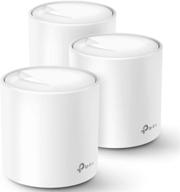
TP-Link Deco X60: Ultimate Whole-Home Mesh Wi-Fi3-Pack with WiFi 6 AX3000

19 Review
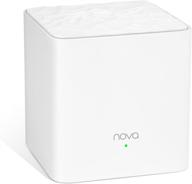
Tenda Nova Mesh WiFi System (MW3) - Complete Whole Home Coverage, 1-Pack

25 Review
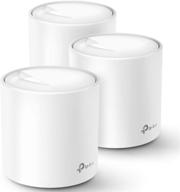
Get Superior WiFi Coverage with TP-Link Deco X20 Mesh System 📶 - Covers 5800 Sq.Ft, 6 Ethernet Ports, Wired Ethernet Backhaul Supported (3-Pack)

19 Review
Another interesting products
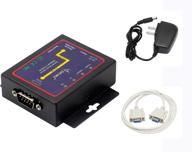
🔌 CERRXIAN RS232 to Ethernet Serial Device Server - TCP/IP Converter with 1Port DB9 RS232 Serial to Ethernet Connectivity

3 Review
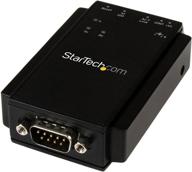
🔌 StarTech.com NETRS232 Serial to IP Ethernet Device Server - DIN Rail Mountable - Serial Device Server - Serial Over IP Device Server (Black)

4 Review
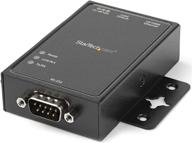
🌐 StarTech.com NETRS2321P: 1-Port RS232 to Ethernet IP Converter, Serial over IP Device Server - Black

5 Review
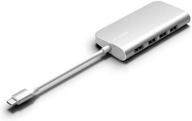
🔌 Juiced Systems Silver BizHUB USB-C Multiport Gigabit HDMI Hub with 3 USB 3.0 Ports, Gigabit Ethernet, 4K HDMI, SD/Micro SD, and USB-C Power Delivery

11 Review

